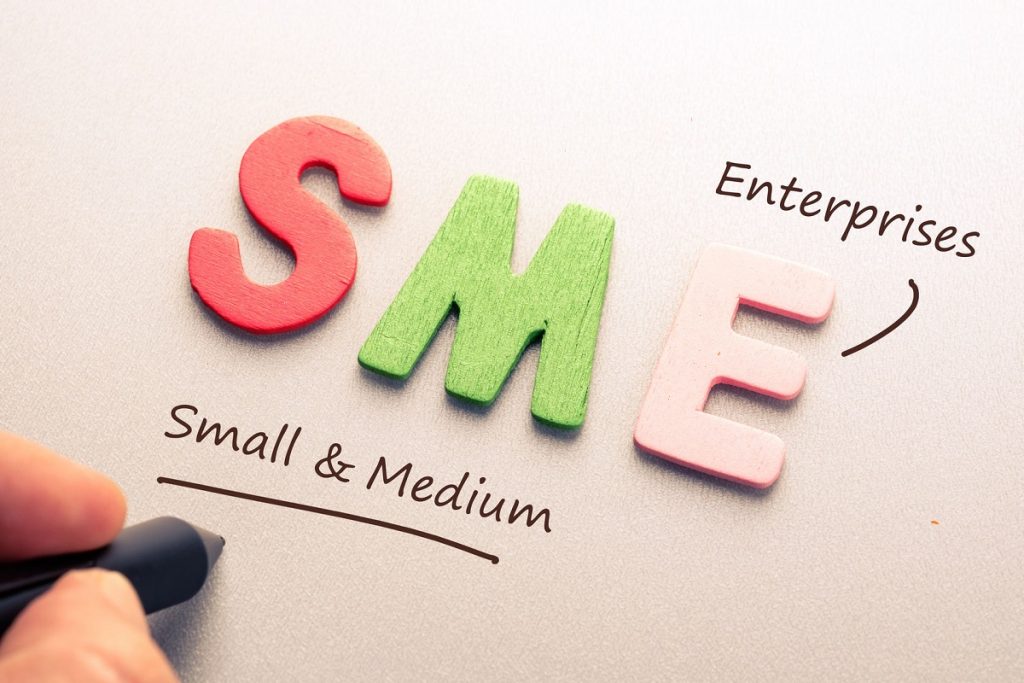Pyme is the acronym for small and medium enterprises (SME). This is the company commercial, industrial or other type having a few workers and recording moderate-income number.
Pyme is also often written as SMEs. A related term is MSMEs, the acronym for micro, small and medium enterprises, taking into account the modalities smaller company such as sole proprietorship.

The definition of SMEs varies by country. In Argentina, for example, companies are classified according to their annual sales and their category (an industrial SME may have a volume of turnover that, in another economic sector, would place it among the largest volume).
In other countries, the concept of SMEs is associated with the number of employees. Between 1 and ten employees, we talk about micro enterprise; between 11 and 50 of SMEs. These figures may vary according to the region.
SMEs have specific needs that must be met by the State. This type of company generates, together, great wealth for each country as well as being one of the main engines of employment. However, due to their particularities, they need protection and incentives to compete against large corporations.
Lines of credit with special conditions, tax benefits, and free consulting are some of the instruments that are usually offered by the State to SMEs to develop.
Advantages of SME:
- SME’s present more flexibility than conventional companies in the production system.
- Allow establishing a much closer relationship with customers.
- Thanks to the greater simplicity of its infrastructure, it’s easier to change the niche market (space where potential users or consumers of a service or product are).
- Jobs are broader, less strict, and workers are more open to change.
- The highest level of specific knowledge and know-how, which is given thanks to the closeness of the members with the day to day of the company, can become an important advantage over the competition.
- The time it takes to make strategic decisions can be considerably less, given that the management processes are less complex.
- Present a less strict vision, more focused on the needs and demands of customers (always changing) than in their roots, which leads to important structural changes, adopting the necessary technologies and personnel to face the challenges that they present themselves at each step.
Disadvantages of SME:
- Since they move by processes of emergent type, they do not have specific guidelines related to their creation, but they experience constant changes and evolution.
- Do not enjoy significant financial support, which prevents them from embarking on large-scale businesses.
- They require a constant revision of their structure, given that their adaptive nature can become the reason for their dissolution due to the loss of organizational control.
- The greater closeness among workers can be negative if they transfer their problems to the office.
- Usually there is no strict control of the entry and exit of money.
- The reduced production volume is reflected in the number of orders placed with suppliers, which can lead to cost overruns.
- If an effective and constant publicity campaign is not carried out, the company can go unnoticed by consumers.
Conclusion
In conclusion, SME, or Small and Medium-sized Enterprises, represents a crucial segment of the business landscape, characterized by limited size in terms of employee count, revenue, or assets. SMEs are vital engines of economic growth, innovation, and employment in various regions. They demonstrate flexibility, adaptability, and a propensity for fostering entrepreneurship. Governments and support organizations often prioritize SMEs, offering assistance and incentives to ensure their sustainability and contribution to local and global economies. Recognizing and nurturing the potential of SMEs is essential for overall economic development and prosperity.


